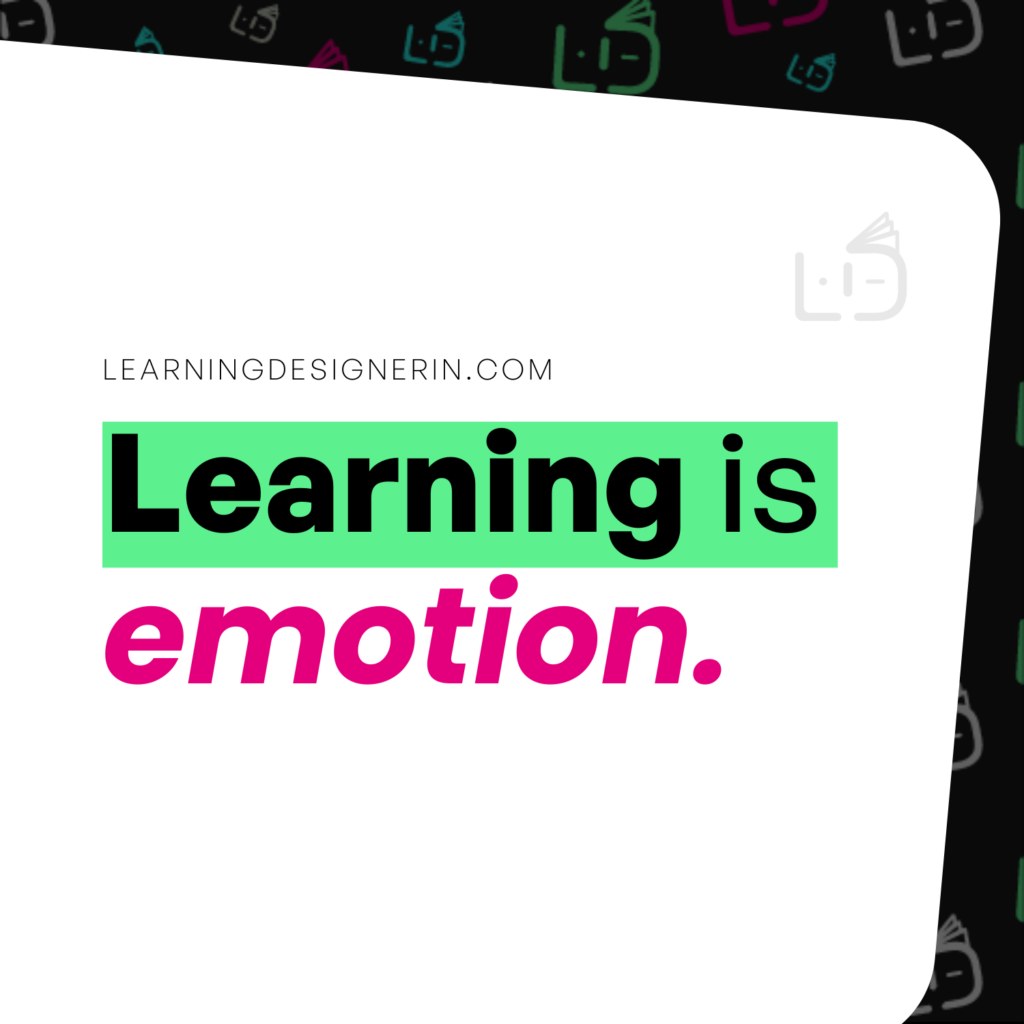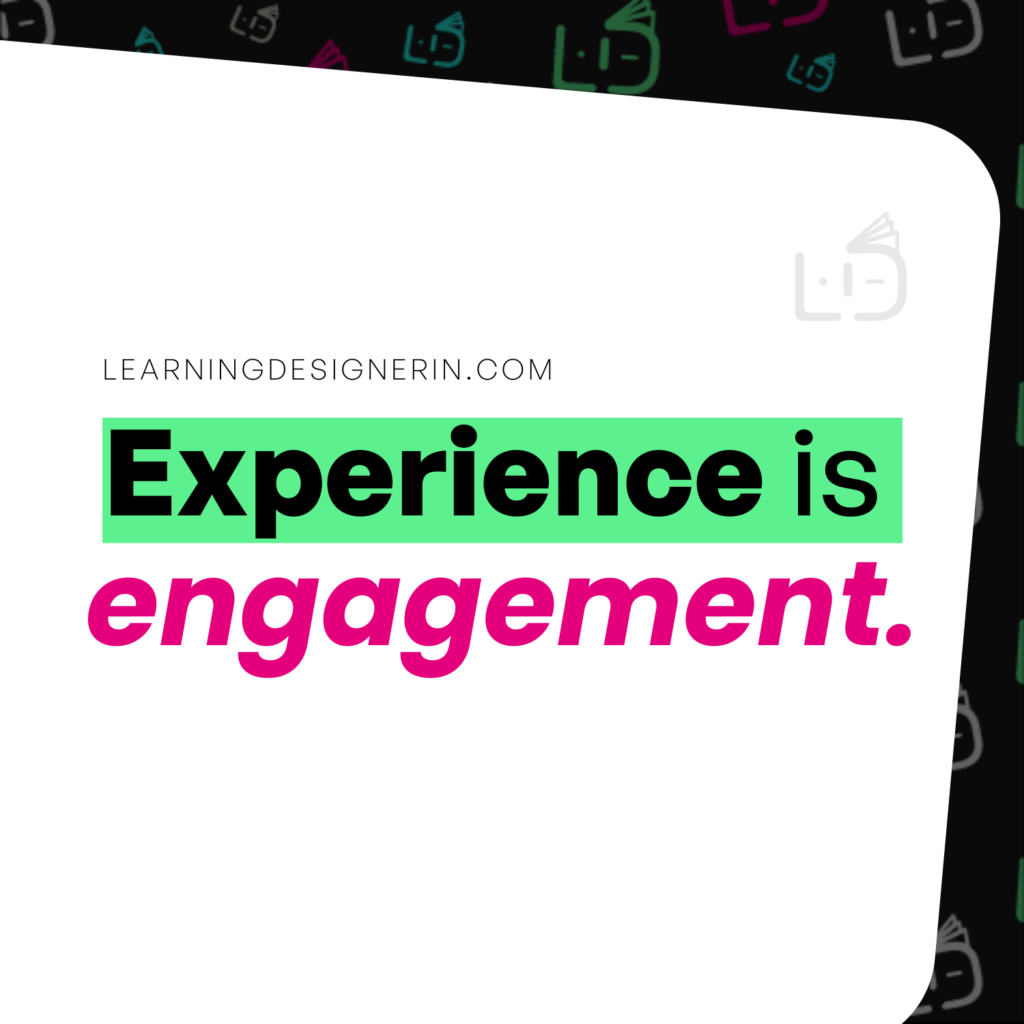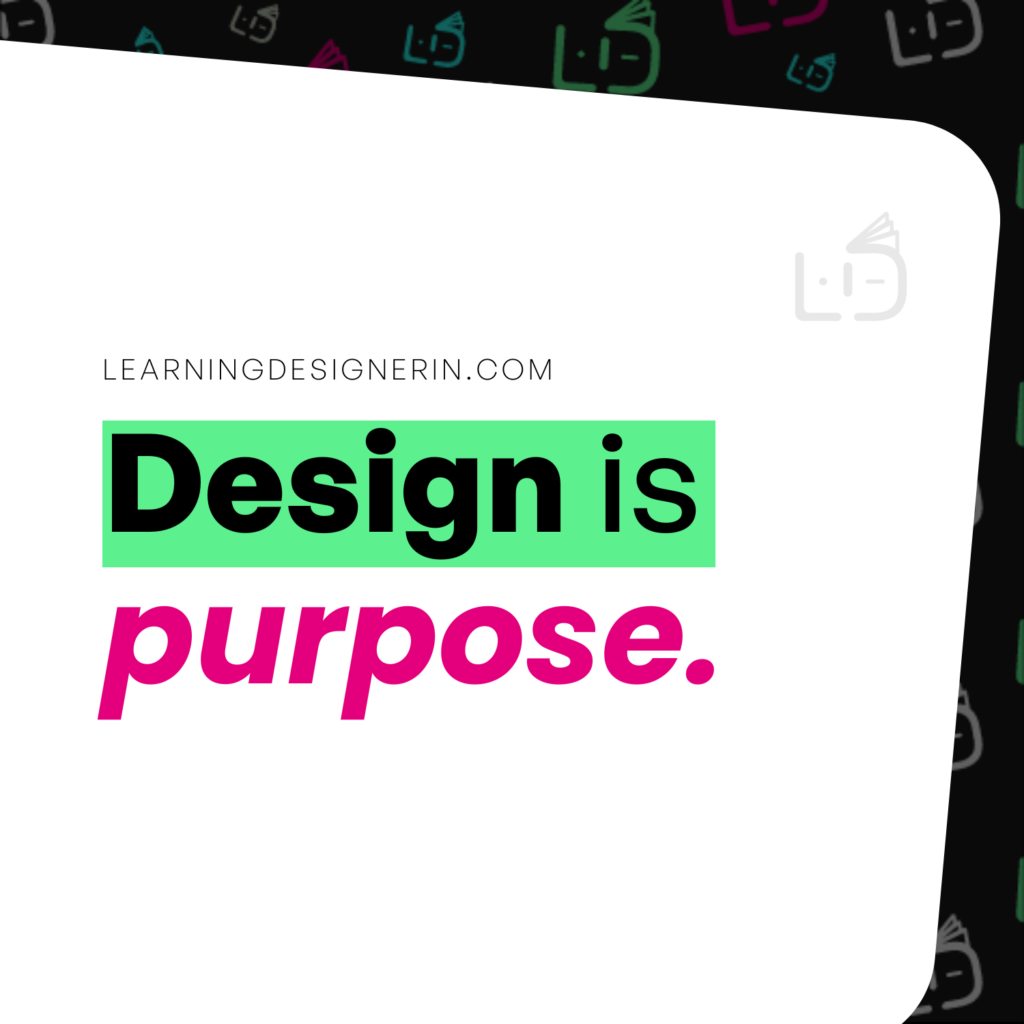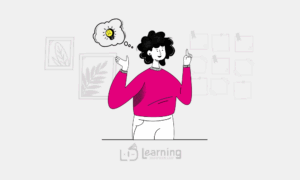When people ask me what I do, I define myself as a Learning Experience Designer because the three components of this term perfectly reflect both my professional journey and my approach. I’m passionate about understanding how people learn and using research-backed insights to create environments that foster genuine engagement and growth.
My work goes beyond just delivering content; it’s about crafting experiences that emotionally connect with people, motivating them to actively participate in the process. I also draw on design thinking to address challenges, ensuring that every experience I design is purposeful and effective in meeting people’s needs. Ultimately, my work combines science, empathy, and creativity to create learning journeys that inspire lasting change.
Learning
Learning is a dynamic process shaped by how our brains absorb, retain, and process information. Emotions and motivation are crucial in either enhancing or hindering learning. Research shows that emotional engagement activates the brain’s memory centers (amygdala), making learning more memorable. Intrinsic motivation is decisive in the learning process, and as a designer, I can create frameworks that tap into emotions to foster curiosity, motivation, and a sense of competency. The environments and materials I design are critical in building positive, resilient relationships between learners and the content, making the learning experience more impactful and lasting.
The building blocks of learning are not facts or knowledge. Instead they are reactions, stories and experiences (How People Learn, Shackleton-Jones, 2019)

Experience
One definition of experience is an event or occurrence that leaves an impression on someone. According to Rossman and Duerden (2019), an experience requires conscious attention, engagement, and action. In our knowledge economy, the role of a learning designer is crucial because it adds intention to the equation. Not every learning offer automatically results in a engaging and meaningful learning experience. Experience Design is “the process of intentionally orchestrating the elements of an experience to create opportunities for participants to engage in meaningful interactions that lead to desired results for both the participant and the designer.”
The act of designing and delivering an experience that produces results valued by the participant and the provider requires an intentional process.
(Rossman &Duerden, Designing Experiences, 2019)

Design
When we talk about design, we refer to something that is intentionally created, it serves a purpose. Design Thinking is a problem-solving methodology focusing on understanding people’s needs and experiences to generate creative solutions. This iterative process involves gaining deep insights into the user, defining the problem from their perspective, brainstorming solutions, co-creating, prototyping ideas, and testing those ideas in real-world contexts.
At its core, Design Thinking ensures that the final outcome is not only functional but meaningful, creating solutions that genuinely serve the people they are designed for.
The mission of design thinking is to translate observations into insights and insights into products and services that will improve lives (Change by design, Brown, 2019)

So, I’m a learning experience designer. I intentionally design emotionally engaging experiences that help people learn and grow. If you’re interested in exploring how thoughtful, intentional design can enhance the learning journey of your audience, feel free to reach out.



